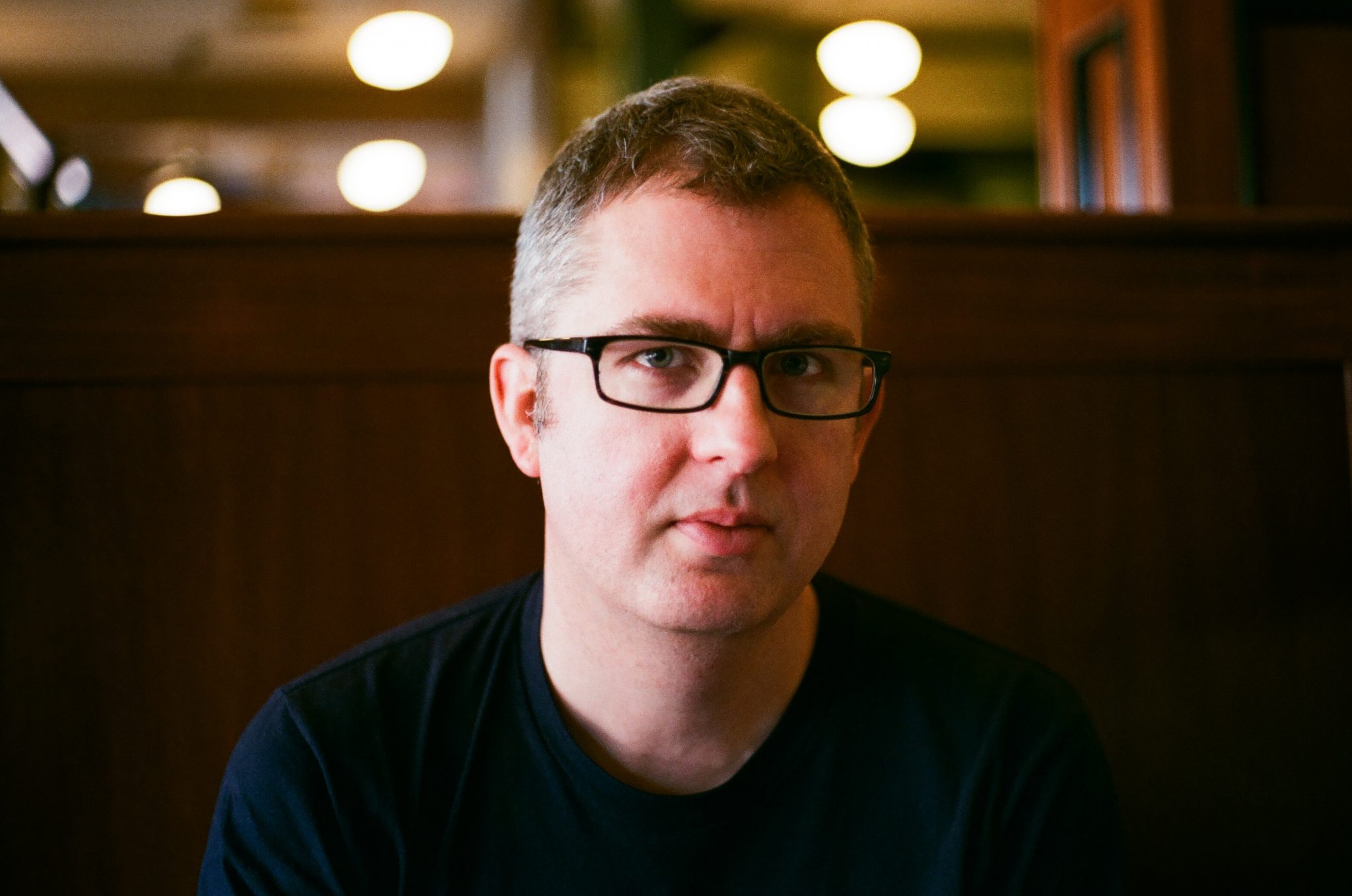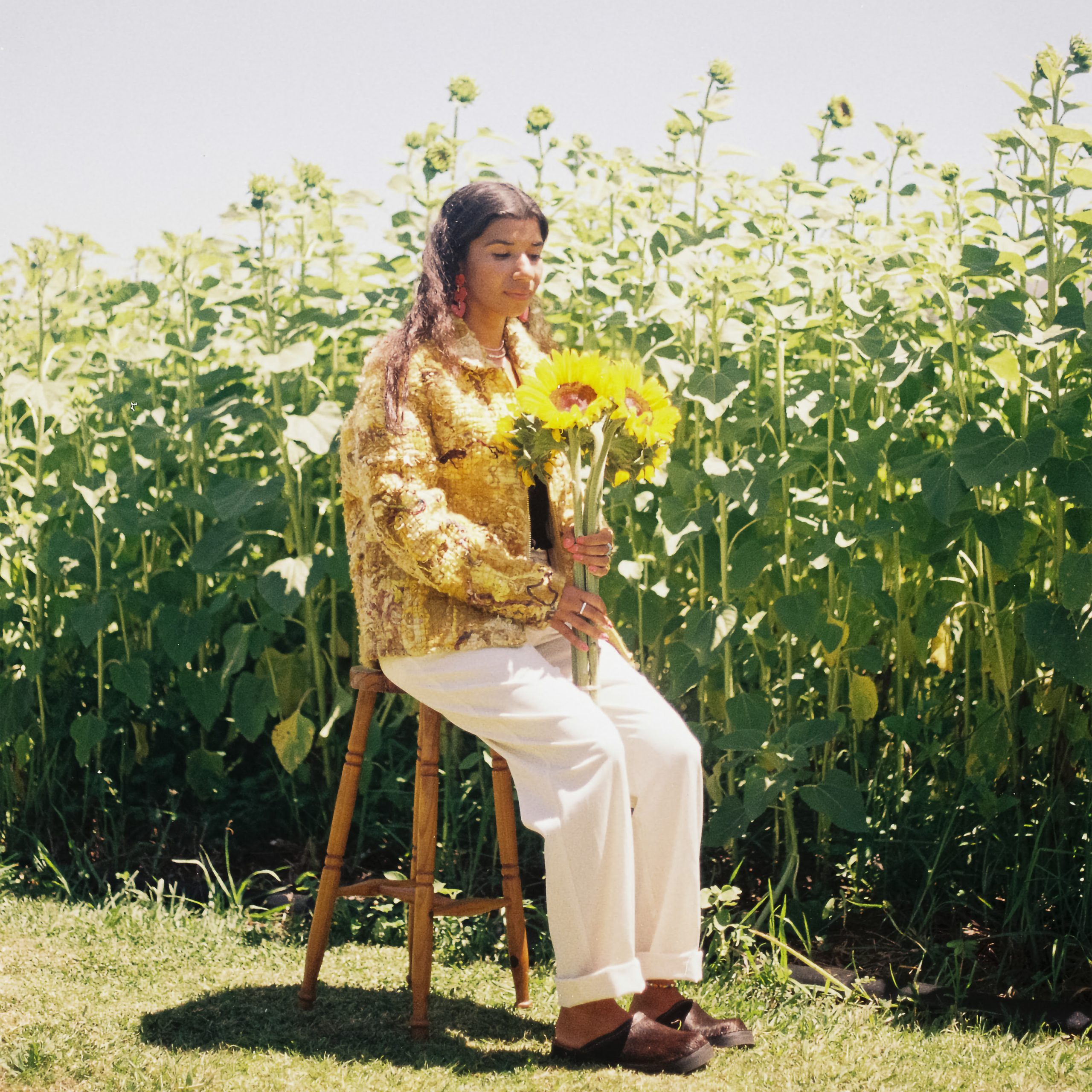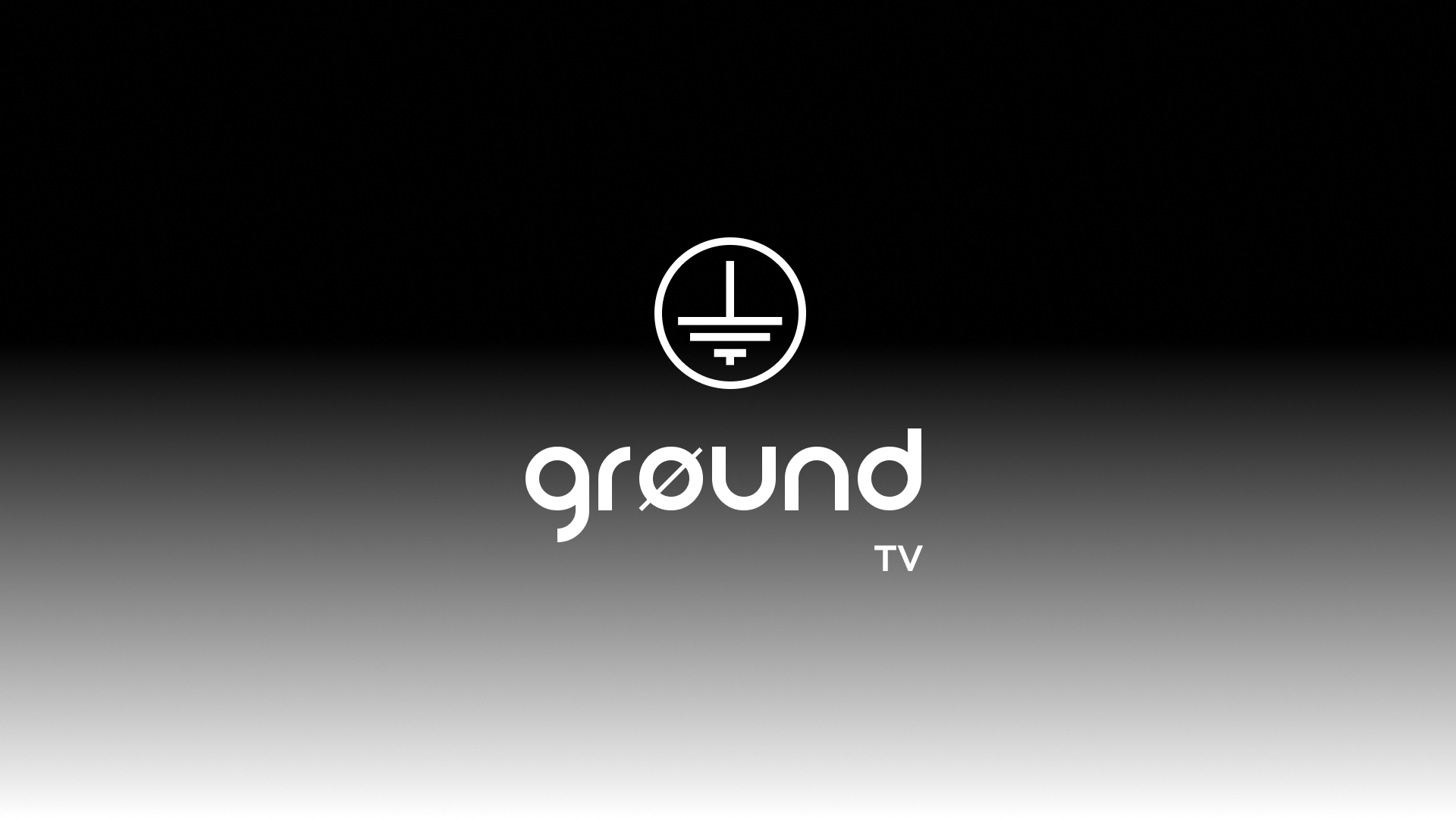In conversation with Lusine
Interview by Shannon Lawlor
Jeff McIlwain aka Lusine is an experimental electronic artist currently residing in Seattle, USA. Originally a Texas native and Cal Arts post-graduate, Lusine has been releasing music since the late ‘90s with numerous collaborations, films scores, remixes, EPs and nearly a dozen full length albums, including 2017’s Sensorimotor released via Ghostly International, already in his back catalogue.
Lusine crafts atmospheric electronic music drenched in texture and emotion, utilizing an array of sounds such as synthesizers, pads, programmed beats, sampling and more recently, the addition of a live drums performed by Trent Moorman. Lusine deeply explores ambient structure and abstract composition, merged together with the energy of IDM and whimsy of dream-pop to create organically beautiful pieces inspired by nature and narrative.
We caught up with Lusine on memorable collaborations and producing film scores:
For those foreign to Lusine’s deep, prismatic exploration, how would you personally describe the sounds you make?
Hmm.. a mix of organic, futuristic, and melodic I guess? I’m terrible at describing my own music.
Your latest breathtakingly mesmerizing album Sensorimotor was released in March 2017 via Ghostly International. Could you tell us about the recording process, and how it may have differed to 2013’s The Waiting Room?
Thank you! Well, I was trying to kind of get a more airy sound out of this one. Something where I could flesh out some ambient ideas and incorporate a few more random orchestral and field sounds, but still form them into pieces that had cohesive song structures. I suppose less overtly poppy than the last album, and something with maybe a bit more of a narrative, album wise.
In such an over-saturated scene – what is your take on electronic dance music, and are there any ways in which you’d improve the culture?
Man.. I wouldn’t know where to begin! There’s a sort of blurring of the lines between what I think of as electronic music, and the whole EDM thing – which I think of as top 40 type stuff. I do sometimes worry that great music and great new artists get lost in the shuffle. I think there needs to continue to be support for left field, or experimental electronic music in venues I guess, and artists need to keep making music that breaks the rules. But, it seems that there were a lot of weird, breakout artists and albums this year, both male and female. So, I think it’s still happening. It’s just hard to see it at times.
As a composer and sound-designer, do you feel there are any important techniques or guidelines to keep in mind when creating music for film, as opposed to producing for Lusine?
Well, yes, it’s the director that calls the shots, so you really have to listen quite a bit to the director’s intent with each scene, and think of some pieces of music that capture the emotion the director wants. It’s not always the type of music that you would normally make, but you can kind of craft those ideas into your own sound and develop a theme that works in different styles. It’s a very different process from writing my own music.
What are Lusine’s top three albums of 2017?
I’d say that the new Slowdive, Dauwd’s Theory of Colours, and Sophia Kennedy’s self-titled album were all really strong albums last year.
In 2016, live shows saw the addition of drums and percussion performed by Trent Moorman. What do you feel this now brings to the experience of a Lusine show?
I think it really adds to the live show visually and sonically. Trent not only brings his drums, but he brings a lot of handheld percussion and noise makers. He’s got a really good feel for when to bring in different percussive elements. I think we have a pretty good dynamic on stage.
So far, what are some of your most memorable career highlights?
That’s a hard question.. I’ve had a lot of fun gigs, traveling around. I remember my gig at Fabric in London was really a highlight for me a few years back. I played a festival here in the Northwest, Sasquatch – that was a really fun one. I’ve opened up for Tipper a few times at Red Rocks, and a few other places, which is fun because I’m playing for a totally different audience that’s probably hearing my music for the first time. I was extremely flattered when this group Stompy’s Playground did a videotaped, vocal arrangement of Two Dots. Most recently, Michael Reisinger’s video for “Just a Cloud” pretty much blew me away. He rented a city bus to make this video. Really amazing!
Was there any particular inspiration behind writing ‘Just a Cloud’? And where do you usually like to find inspiration when producing music?
Well, Vilja [Larjosto] just had this lyrical idea and sent me a recording, and that usually works pretty well. I pull out the stuff that I find the most compelling and sort of build the music around it. I guess I was going for something kind of futuristic and driving, but with a bit of shoegaze added to it.
Lusine is known for extensive use of electronics, synthesizers, looping and layering etc. What piece of equipment (hardware or software) do you feel is completely essential to a typical performance?
It’s sounds kind of boring to say during this explosive period of analog and hardware, but my computer is the most essential instrument in the studio and out live. It really enables me to have so much more real-time control over my live set, along with the midi controllers I use. Of course I have my favorite hardware pieces for both my studio, and live. But, my music is totally shaped by playing around and experimenting in software.
What does the future hold for Lusine?
Waiting to find out the fate of a film that I co-scored with my friend David Wingo called “State Like Sleep.” (Meredith Danluck). I think it should premiere at some festivals this year. Aside from that, I’m trying to figure out a new EP for Ghostly, and then I’ll just go from there 😊
Order Lusine’s 2017 album Sensorimotor via Ghostly International
For more information follow Lusine on Facebook




Leave a Reply